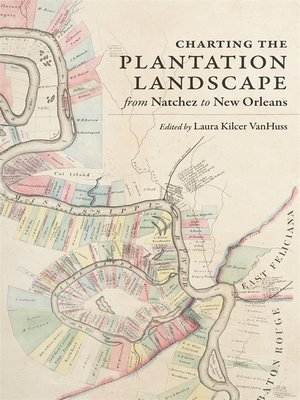Charting the Plantation Landscape from Natchez to New Orleans
ebook ∣ Reading the American Landscape
By Laura Kilcer VanHuss

Sign up to save your library
With an OverDrive account, you can save your favorite libraries for at-a-glance information about availability. Find out more about OverDrive accounts.
Find this title in Libby, the library reading app by OverDrive.



Search for a digital library with this title
Title found at these libraries:
| Library Name | Distance |
|---|---|
| Loading... |
Charting the Plantation Landscape from Natchez to New Orleans examines the hidden histories behind one of the nineteenth-century South's most famous maps: Norman's Chart of the Lower Mississippi River, created by surveyor Marie Adrien Persac before the Civil War and used for decades to guide the pilots of river vessels. Beyond its purely cartographic function, Persac's map depicted a world of accomplishment and prosperity, while concealing the enslaved and exploited laborers whose work powered the plantations Persac drew. In this collection, contributors from a variety of disciplines consider the histories that Persac's map omitted, exploring plantations not as sites of ease and plenty, but as complex legal, political, and medical landscapes.
Essays by Laura Ewen Blokker and Suzanne Turner consider the built and designed landscapes of plantations as they were structured by the logics and logistics of both slavery and the effort to present a façade of serenity and wealth. William Horne and Charles D. Chamberlain III delve into the political activity of formerly enslaved people and slaveholders respectively, while Christopher Willoughby explores the ways the plantation health system was defined by the agro-industrial environment. Jochen Wierich examines artistic depictions of plantations from the antebellum years through the twentieth century, and Christopher Morris uses the famed Uncle Sam Plantation to explain how plantations have been memorialized, remembered, and preserved.
With keen insight into the human cost of the idealized version of the agrarian South depicted in Persac's map, Charting the Plantation Landscape encourages us to see with new eyes and form new definitions of what constitutes the plantation landscape.







